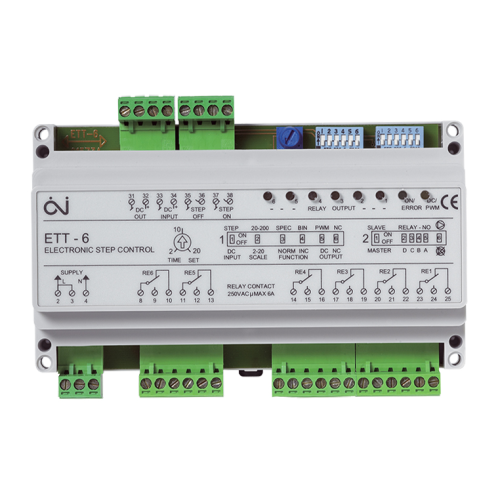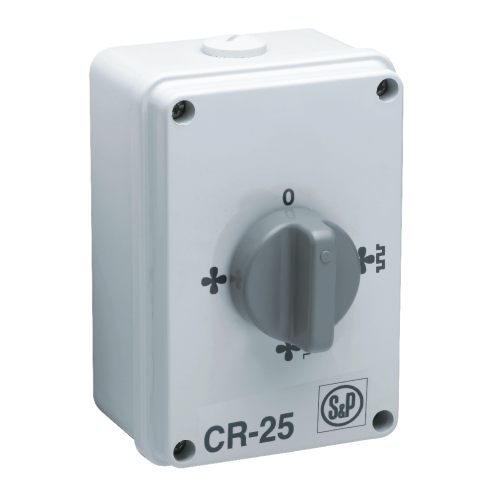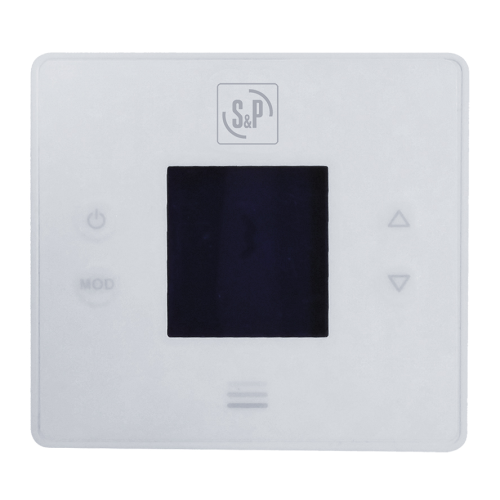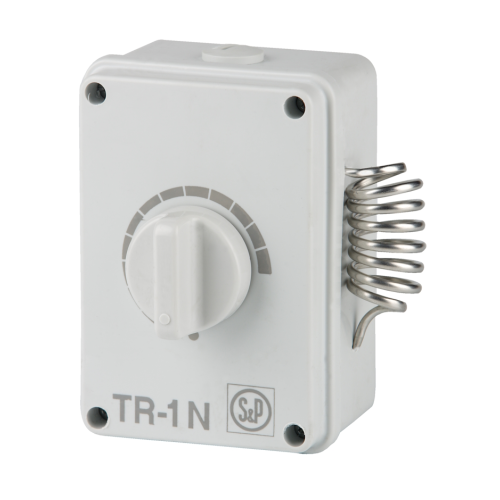Cabinet
It is made of sheet steel, coated with a burning varnish. A swivel bracket made of sheet steel is attached to the cabinet, which allows the position of the fan to be adjusted.
Running wheel
is axial, moulded from Al sheet. The blades are performance optimised.
Motor
asynchronous with short armature and shielded pole, for continuous operation. Motor has plain bearings with grease packing for life. Motor has overload protection. IP24 protection.
Regulation
is carried out externally by a CR 25 switch or by a CR 25 switch and a TR thermostat. Three different operating modes can be selected via the switch (fan only, fan and half heating power, fan and full heating power). If a thermostat is also used, the unit starts automatically in the mode selected on the CR switch. In addition, it is possible to set whether the thermostat starts the whole unit (fan and heater) or only the heater (when the fan is running continuously).
Electrical connection
Connection via cable routed from the cabinet through a grommet, the unit is designed for fixed mounting.
Mounting
The unit is mounted on the wall using the hanger included in the delivery. The minimum distances from the walls are shown in the illustration. Care must be taken to ensure that the inlet and discharge sides are not covered by the heating rod enclosure. In this case, the air flow through the cabinet could be restricted, thus increasing its temperature and causing a fire hazard. If the air temperature rises, the unit will be switched off by the safety thermostat, whose reset button is located on the top of the cabinet. The switch and thermostat are wall mounted.
Noise
emitted by the fan is measured at a distance of 1.5 m in the free acoustic field is given in the table.
Variants
- EC-3N basic version 3 kW/230 V
- EC-5N basic version 5 kW/400 V
- EC-9N basic version 9 kW/400 V
- EC-12N basic version 12 kW/400 V
- EC-15N basic version 15 kW/400 V
Instructions
Electrically heated fans are suitable for drying wet areas and for heating in industry and construction. The places of use are mainly production halls, warehouse halls, common rooms, churches, exhibition halls, buildings and construction site facilities, garages and workshops.
Highlights
A safe distance from combustible structures as specified in the user's operating rules must be maintained.



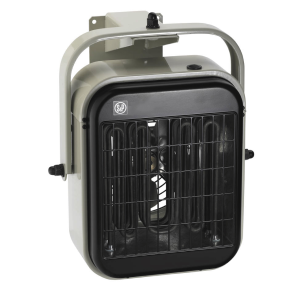
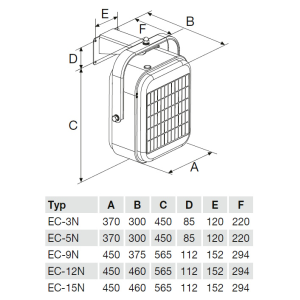

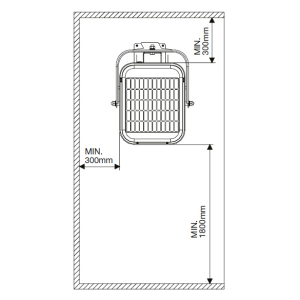
 Share on Facebook
Share on Facebook Tweet
Tweet Send email
Send email